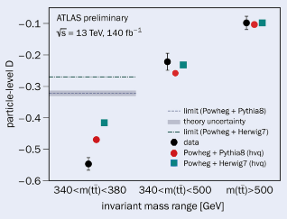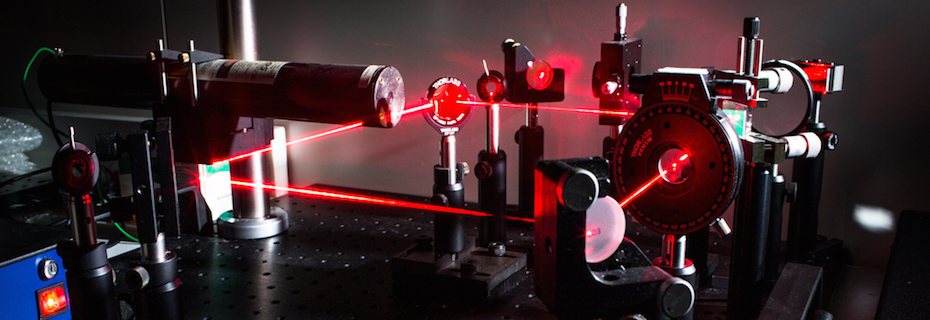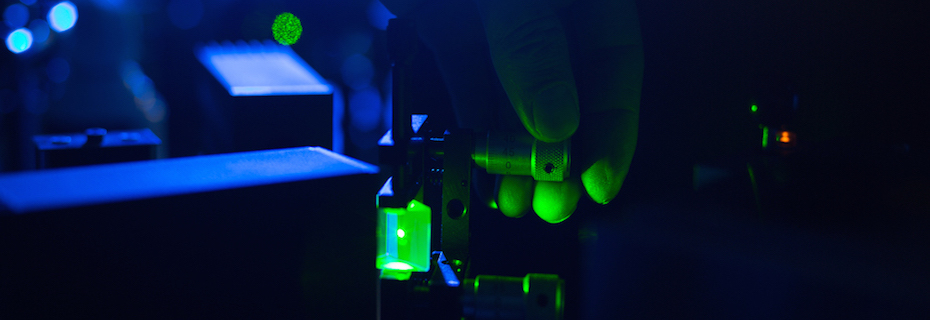Observation of Quantum Entanglement in the System of Top Quark Pairs
 In 2024, the ATLAS experiment published in Nature the first observation of quantum entanglement at the highest energies, specifically in a system of top quark pairs produced in proton-proton collisions at the LHC accelerator at CERN.
In 2024, the ATLAS experiment published in Nature the first observation of quantum entanglement at the highest energies, specifically in a system of top quark pairs produced in proton-proton collisions at the LHC accelerator at CERN.
Due to its large mass (weighting more than a gold atom, yet still an elementary particle in the same sense as the up and down quarks that make up the proton), the top quark decays so quickly that the information about its spin state is directly transferred to the angular distribution of its decay products.
Previously, correlations between the spins of top quarks produced in pairs had already been observed. However, measuring the quantum entanglement was more challenging because it required restricting to a region where top quark pairs are produced near the energy threshold. Additionally, it was necessary to calibrate the observable quantity D, a so-called "entanglement witness," from the detector level to the particle level using simulations. This quantity D is measured from the mutual angles of electrons or muons, which originate from the decays of heavy W bosons, which in turn come from the decays of top quarks. As control samples, events were used where the invariant mass of top quark pairs was significantly above the threshold, which equals twice the top quark mass, approximately 340 GeV/c².
The theoretical entanglement criterion is given by the condition D < -⅓, while the measured value in the data was -0.537 with an uncertainty of 0.019, i.e., 3.6%. The measured value is more than five standard deviations from the theoretical limit, constituting the observation of the quantum entanglement. Predictions from theoretical models, specifically the Powheg generator, predict a slightly smaller effect (see Figure below). However, these models have a finite precision within the perturbative quantum chromodynamics.
This measurement serves as an important test of quantum mechanical entanglement at the highest energy observed so far and in the exotic system of heavy quarks. The challenging methodology of the measurement was also due to the fact that in the production of top quark pairs, it is not possible to set the initial spins of the top quarks at experimentalist's will.
Experts and students from the Joint Laboratory of Optics have been long engaged in studying the properties of the top quark, both in proton-proton collisions and in heavy-ion collisions.




